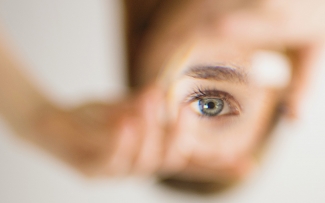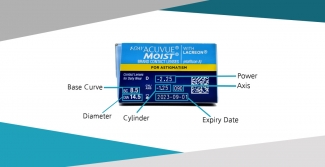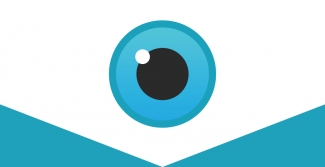4 of the most common eye conditions
Throughout our lives, we depend on our eyes to provide a clear vision of the space around us. But that clear outlook might not always be the case. Much like the rest of the human body, our eyes change over time with age, affecting the way we see the world.
While it is common for several eye conditions to occur as we grow older, others can form at any age. But most importantly, no matter when they appear, in most cases, they are not a cause for concern because of the wide range of treatment options available.
To best understand if your eyesight might be experiencing a common refractive error, let's look at the signs, symptoms, and treatments of the four most prevalent types of eye conditions encountered in the UK.
1. Myopia

What is myopia?
Also known as short-sightedness or near-sightedness, myopia is a refractive error of the eye that causes objects in the distance to appear blurry; while at the same time, upfront closer vision remains clear and sharp. Increasingly, it is one of the most common eye conditions in the UK, where nearly one-third of the population is said to be affected by short-sightedness, according to the NHS.
Treatment options for myopia
Contact lenses and glasses are the two most common methods to treat myopia. However, over the last several years, laser eye surgery has become a popular alternative for people who meet the criteria and wish to correct their short-sightedness more permanently.
- Glasses – the most popular choice to correct myopia, glasses fitted by an optician can fix short-sightedness quickly and effectively with the proper prescription.
- Contact lenses – a great alternative to glasses, prescription contact lenses allow for unobstructed vision correction since they sit directly on the eye, allowing a wider field of view.
- Laser surgery – a more expensive and invasive procedure, laser eye surgery manipulates the cornea's curvature to rectify myopic vision so objects no longer appear blurry.
For a more in-depth look at short-sightedness, including causes, symptoms, and other information, please visit our myopia eye care page or our friends at All About Vision.
2. Hyperopia

What is hyperopia?
More commonly referred to as long-sightedness or far-sightedness, hyperopia occurs when a person's vision may appear out of focus when looking at nearby objects, while distant eyesight remains clear. Hyperopia, like myopia, can affect any age group.
Treatment options for hyperopia
Hyperopia does not always need to be treated in children because natural eye development often corrects the condition with age. However, in adults, vision correction for long-sightedness is often suggested because as they get older, their eyes are less adaptable and may require the following.
- Glasses – the simplest and practical option for both children and adults experiencing hyperopia– glasses fitted by an optician are the most common choice to fix long-sightedness.
- Contact lenses – lightweight and unobtrusive, prescribed contact lenses provide quick vision correction for hyperopia. And are preferred by wearers who want an alternative to glasses.
To learn more about genetic causes and how long-sightedness is diagnosed, please read more about the topic on our hyperopia eye care page.

3. Astigmatism

What is astigmatism?
Astigmatism is an imperfection in the curvature of the eye, leading to blurred or distorted vision because the retina does not focus light evenly. Often coupled with myopia and hyperopia, astigmatism is one of the most common refractive errors, occurring in a slight degree to over half the population. However, most of these are mild cases and if not associated with myopia or hyperopia, do not require correction.
Treatment options for astigmatism
As mentioned above, treating astigmatism is not always necessary; however, for people with a moderate-to-high level of astigmatism, the following options are available.
- Glasses – moderate-to-high levels of astigmatism are easily remedied with a pair of prescription glasses. They are especially beneficial for people who are only affected by their astigmatism during night-time or driving in low light.
- Contact lenses – often categorised as toric contact lenses, wearers wishing to correct their astigmatism with lenses have many options to choose from instead of relying on glasses.
- Laser surgery – since a shape irregularity causes astigmatism in the eye, laser surgery can amend the curvature of the cornea to fix the condition. However, you will need to consult with a laser clinic first to ensure this option is available for your specific case.
For additional information on astigmatism, including the two major types and if the condition is preventable, visit our astigmatism eye care page.
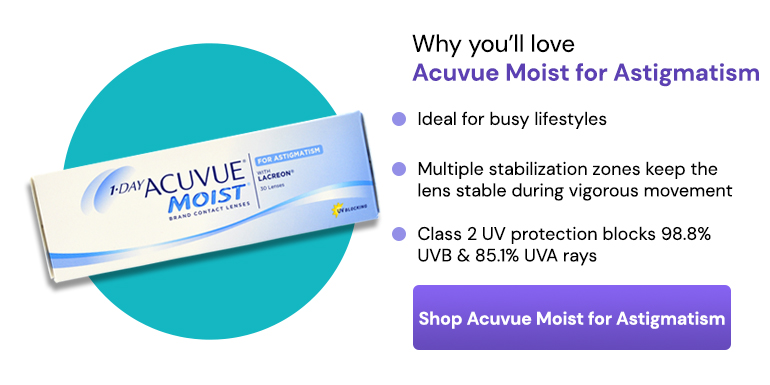
4. Presbyopia

What is presbyopia?
Ageing is a natural process and can also affect your vision; when this happens, you will develop presbyopia, a condition where your eyes have trouble focusing on objects up close. Often misaligned with long-sightedness (hyperopia), presbyopia is different because it's caused when the eye's lens becomes less flexible with age not from an irregularity in shape and size of the eye or genetics. Presbyopia can occur alongside myopia, hyperopia and astigmatism.
Treatment options for presbyopia
Whilst we will all experience presbyopia at some point (and in different ways), there are several ways you can correct the problem, mainly with specialised glasses and contact lenses described below.
- Reading glasses – prescription reading glasses are an affordable option for those who don't require any additional vision correction. Optician-recommended reading glasses will ensure that you'll have the correct lens power to help see things clearly up close.
- Progressive glasses – progressives offer a blended transition between the prescription strengths, often the top of the lens features correction for distance, with a gradual change in prescription moving down the lens to aid in the focus of objects up close.
- Multifocal contact lenses – with different zones to correct near and far vision, multifocal contacts are a great option to solve two problems at once. Manufacturer designs vary, but all conveniently combine both prescriptions in one easy-to-apply lens.
- Monovision contact lenses – monovision lenses have two separate prescriptions per eye; one for distance (usually the dominant eye) and the other for close-up vision correction. They may take some time for the brain to adjust to but are a helpful alternative to glasses.
Focus on how you can protect your eyes whilst ageing and learn about indicators of presbyopia by viewing our dedicated presbyopia eye care page.
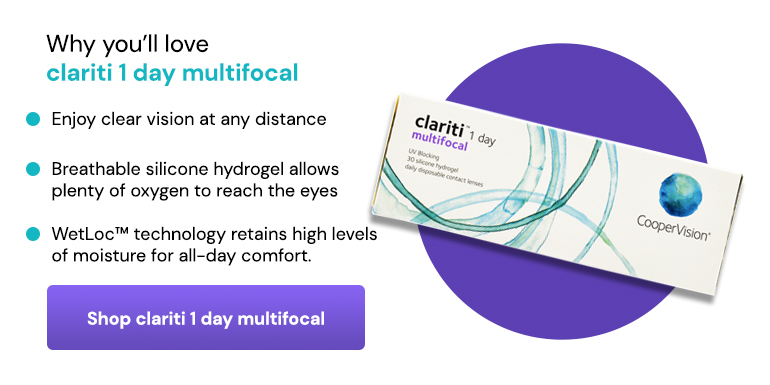
Eye condition diagnosis

All four mentioned common eye conditions are easily diagnosed with a routine eye test and assessment from a qualified eye care professional who can prescribe contact lenses and glasses to correct your vision issues. If you believe your eyesight has changed, are overdue for a check-up, or think a new type of contact lens will help improve your vision, please book a free eye test.
Roshni Patel BSc (Hons) MCOptom
Optometrist and Professional Services Manager



